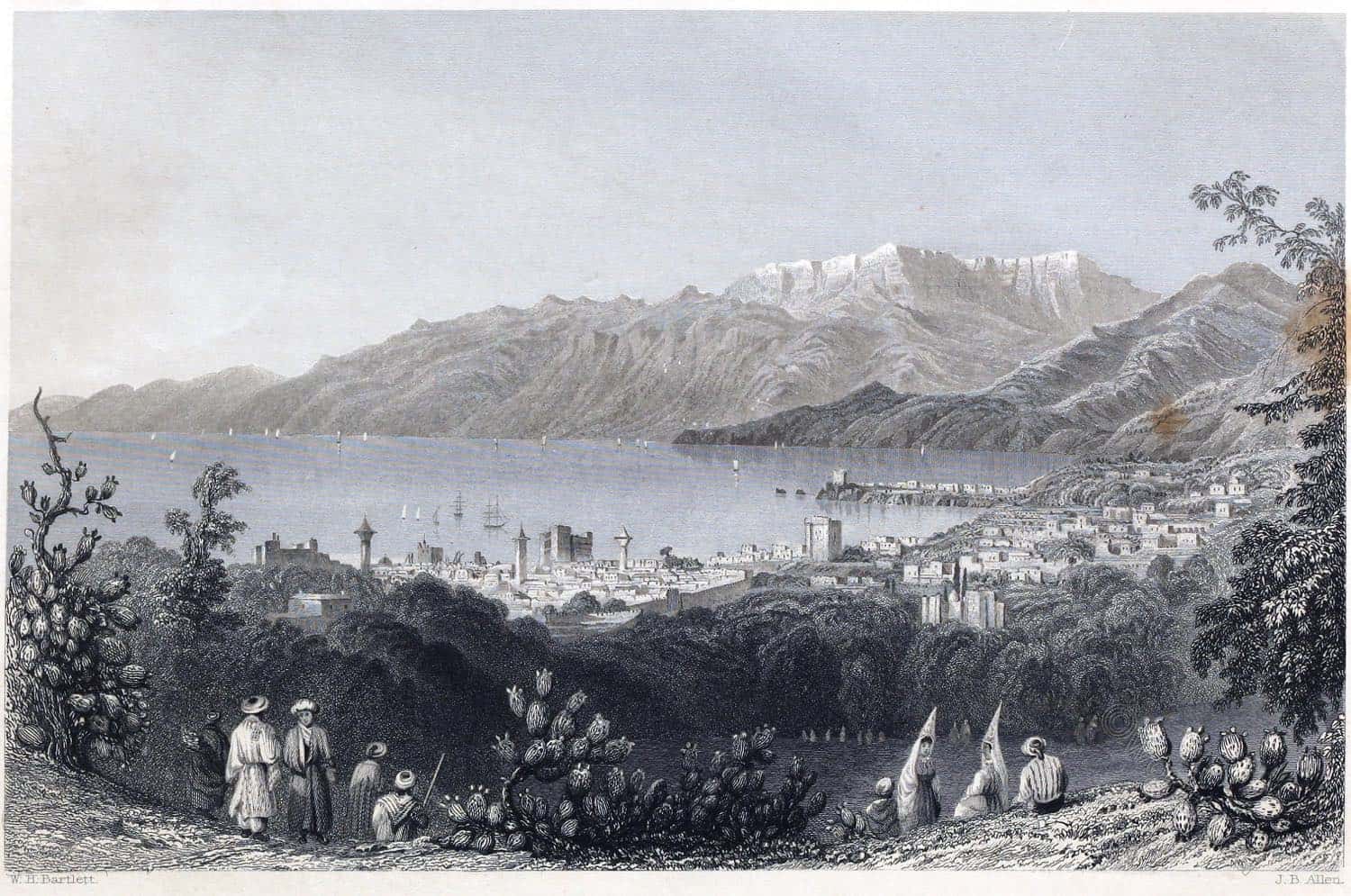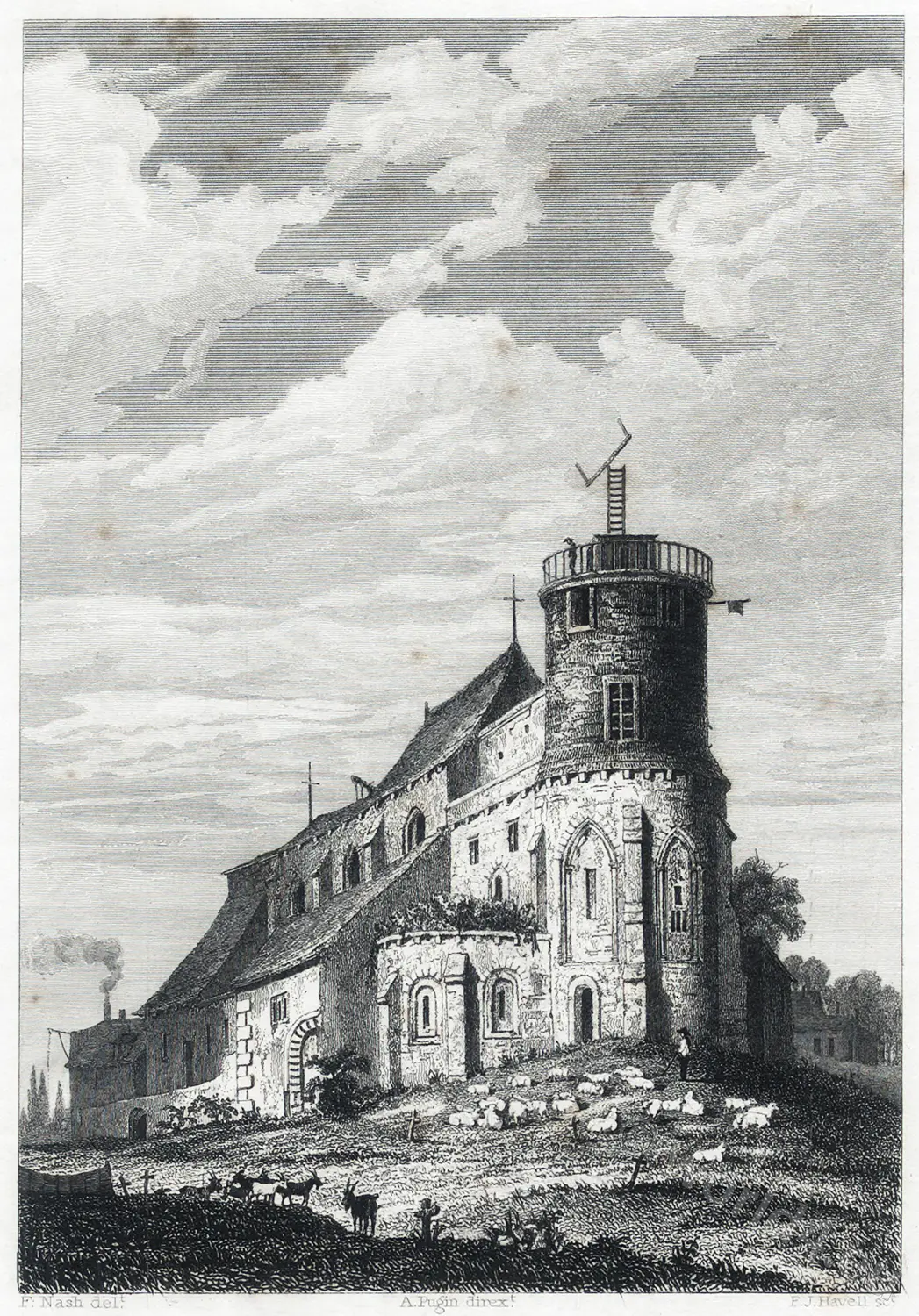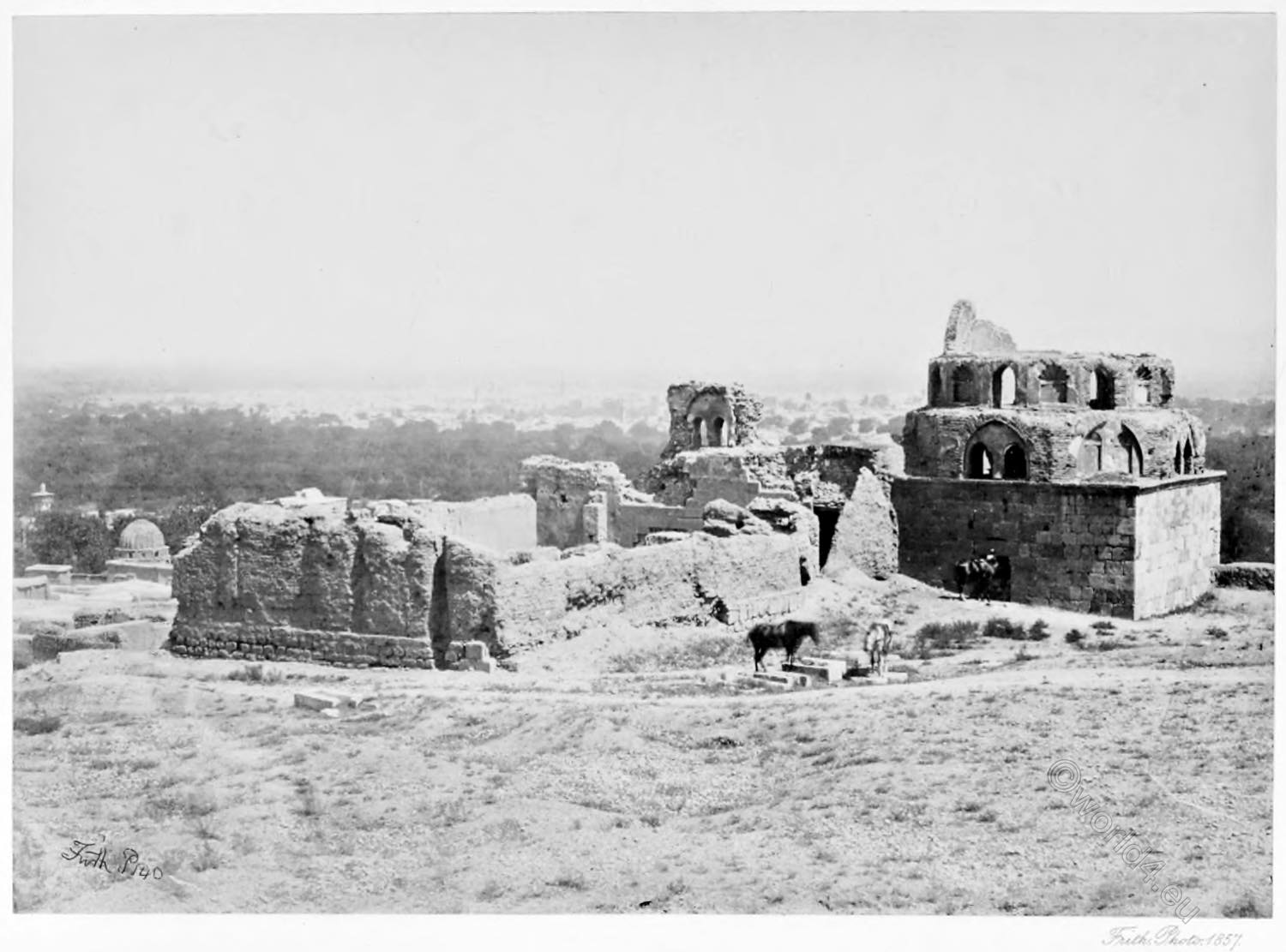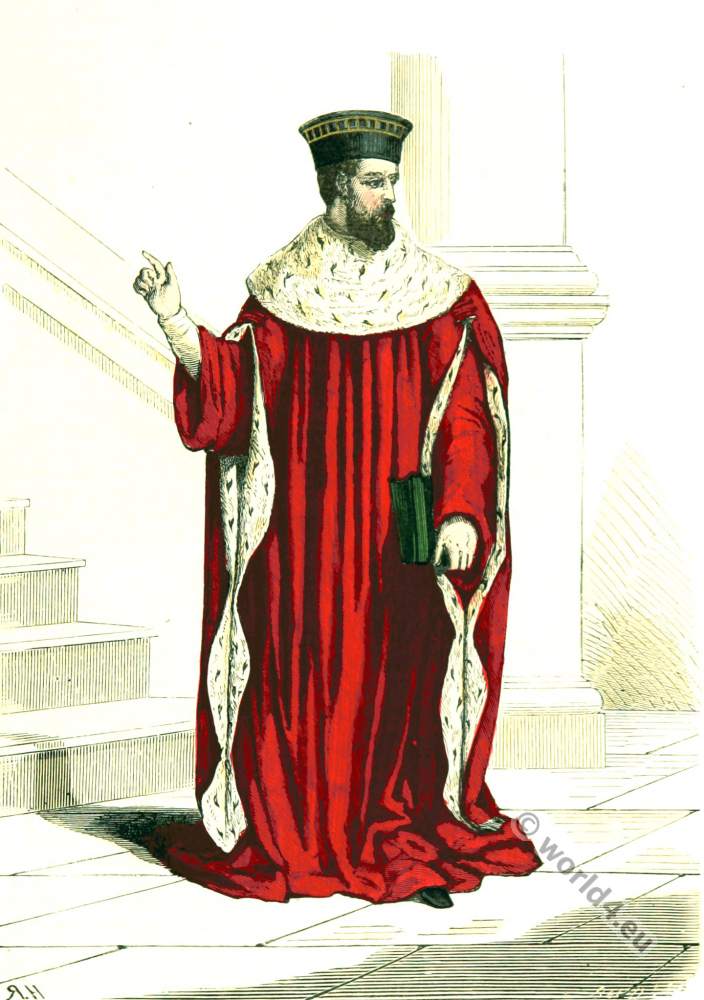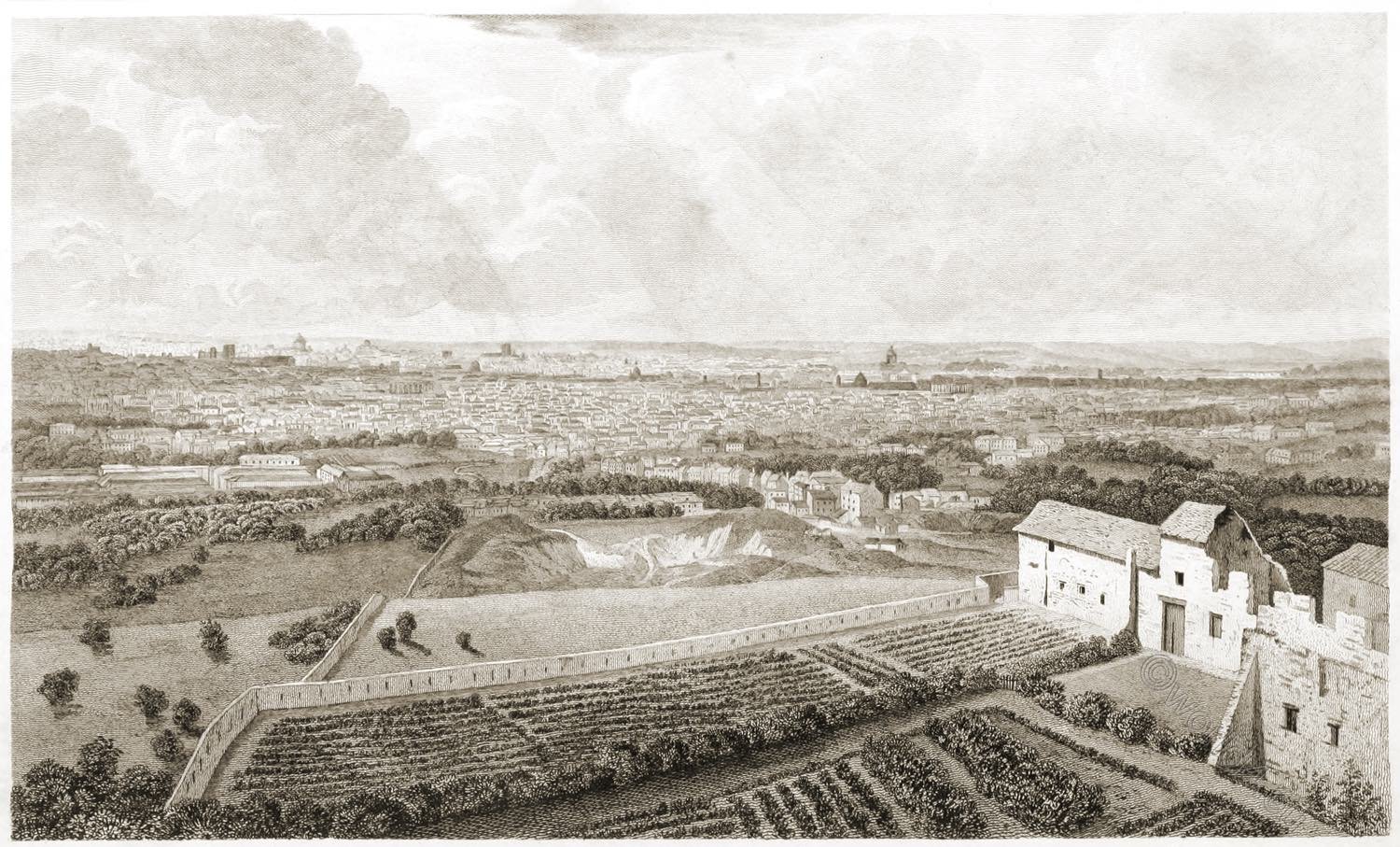
Montmartre is a hill in the north of Paris, of which it represents the highest point, within the 18th arrondissement, on the rive droite, well known for the Basilica of the Sacré Coeur on its summit and for being the centre of bohemian life during the Belle Époque, representing the unconventional lifestyle of marginalised and impoverished artists, writers, musicians and actors. Renoir, Van Gogh, Steinlen, Toulouse-Lautrec, Suzanne Valadon and her son Utrillo, and later Picasso, Braque and Modigliani lived and worked here.
In addition to artists, Gabrielle d’Estrées (c. 1570-1599), mistress of Henry IV, also lived in Montmartre.
During the period of Napoleon III and due to the works of Baron Haussmann, which made life in Paris extremely expensive, the original inhabitants moved towards the outskirts of Paris. The population in Montmartre grew rapidly and many workers, but also respectable families, now settled here.
PARIS, FROM MONTMARTRE.
THE annexed view was taken from the tower of the telegraph on the summit of Montmartre, which is by far the most commanding point immediately contiguous to the capital.
Almost every building of consequence may be distinguished from it. The ruins, which are seen in the foreground, formed part of the Abbey of Montmartre, where, during the famous siege of Paris, Henry IV. took up his head quarters.
The unfortunate Madame Laval de Montmorency was its last abbess, and during the revolution the building was destroyed.
To the lovers of science and of geological studies, the height of Montmartre will be one of the most interesting spots around the capital. Almost its whole mass consists of gypsum, in which crystals, and a variety of curious fossils are frequently found. An interesting work has been written descriptive of the discoveries made in its excavations.
Source: French scenery: from drawings made in 1819 by Robert Batty (1788 or 1789-1848). London: Published by Rodwell & Martin, New Bond Street, 1822.

